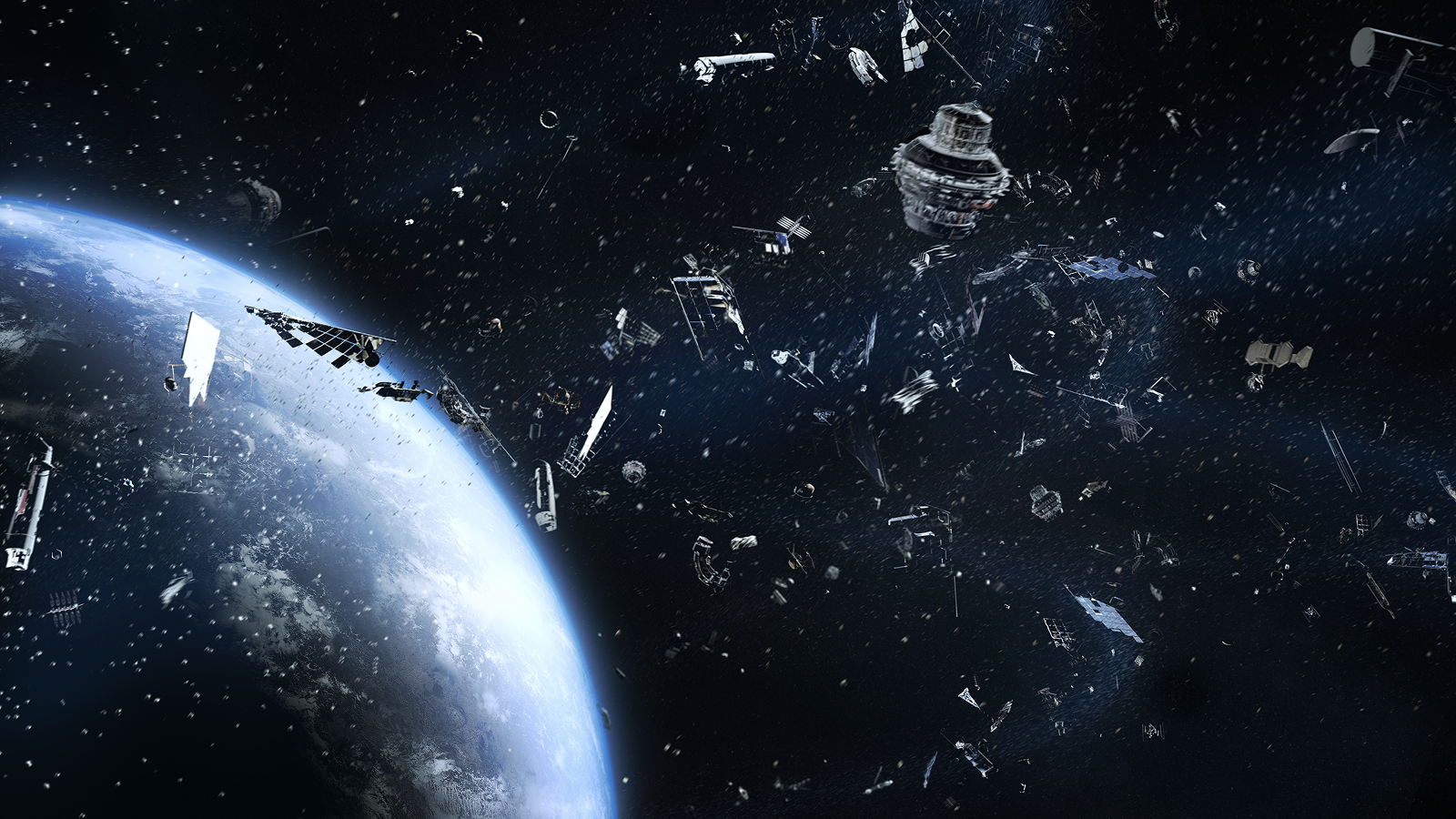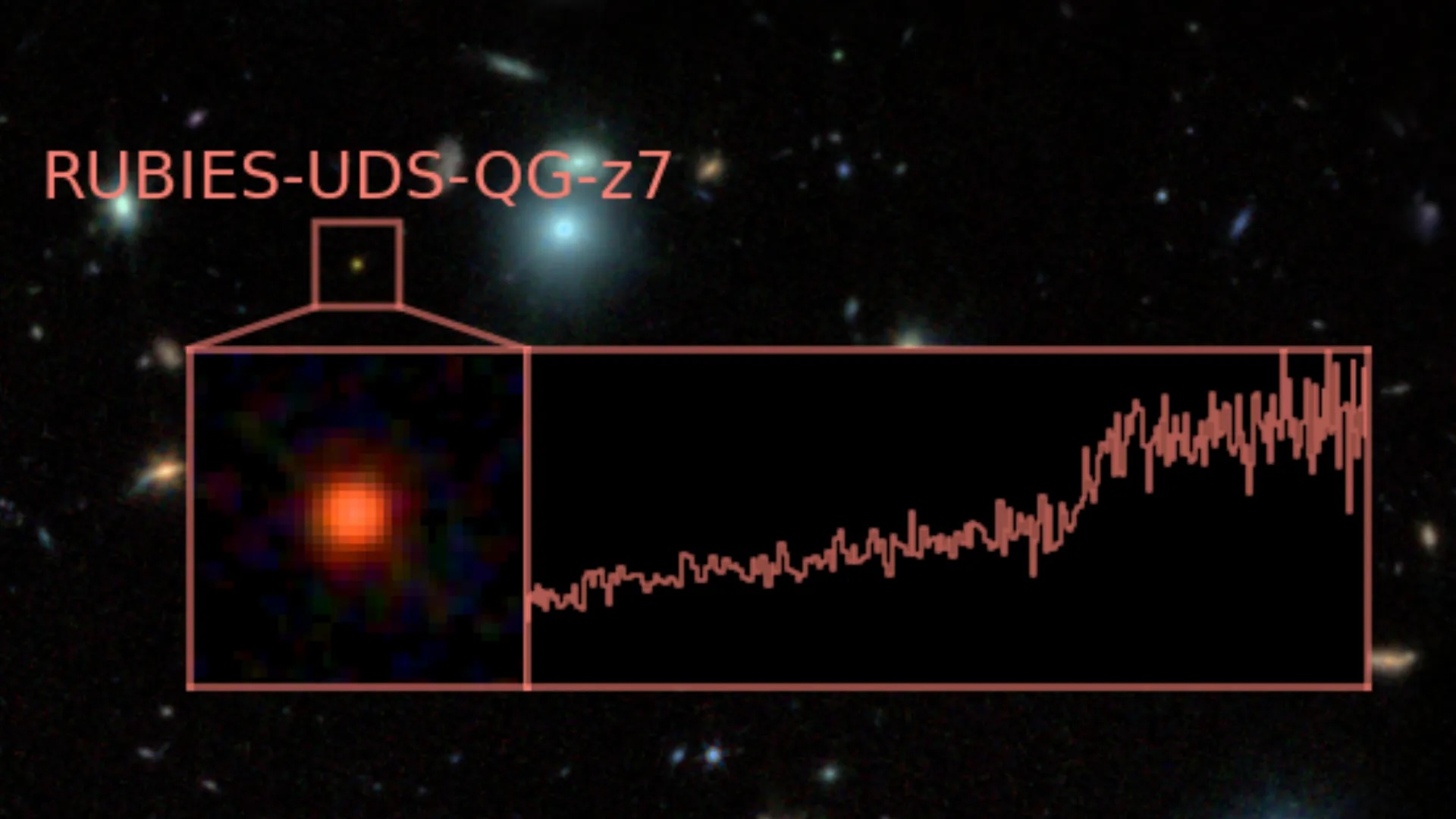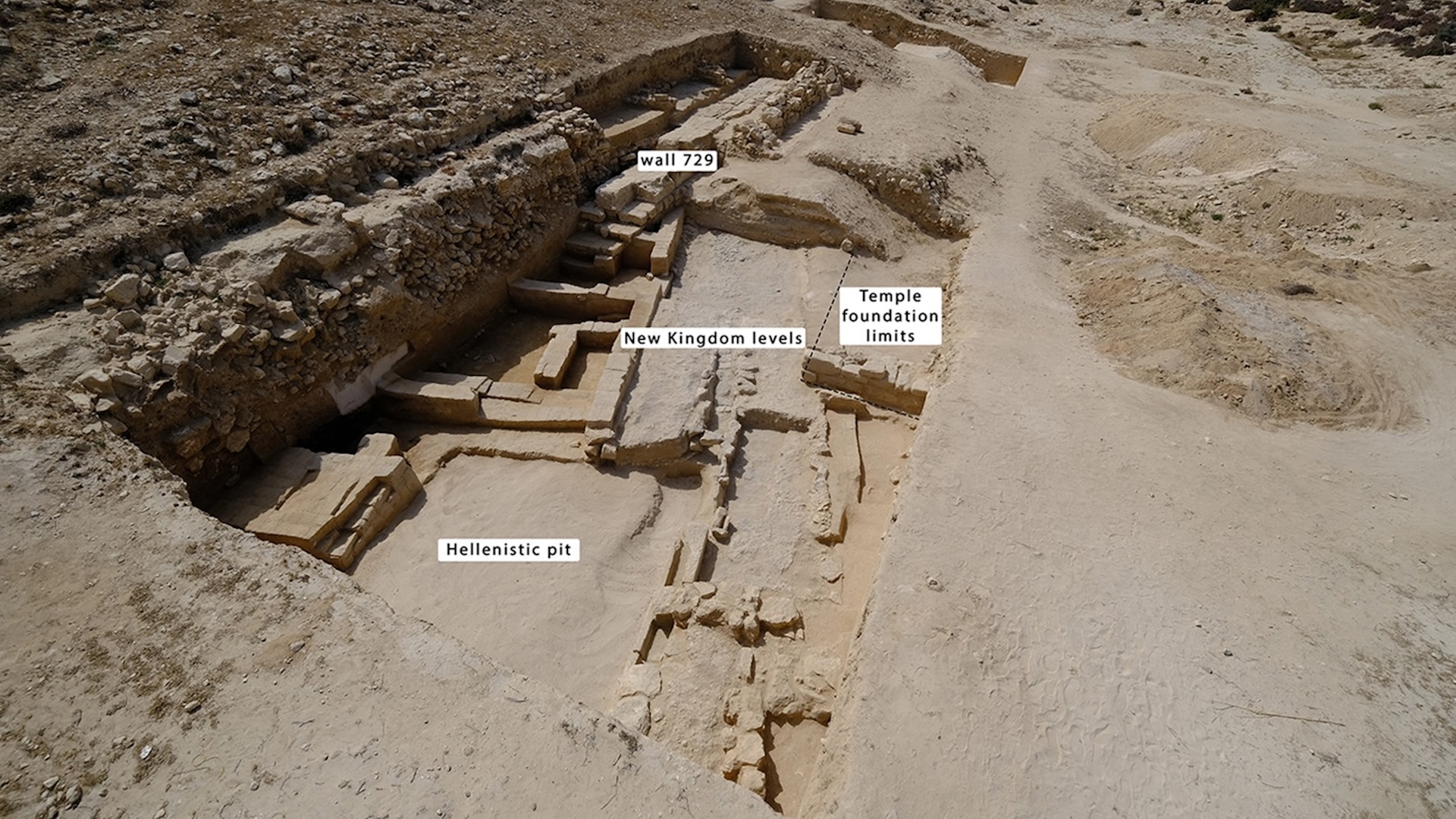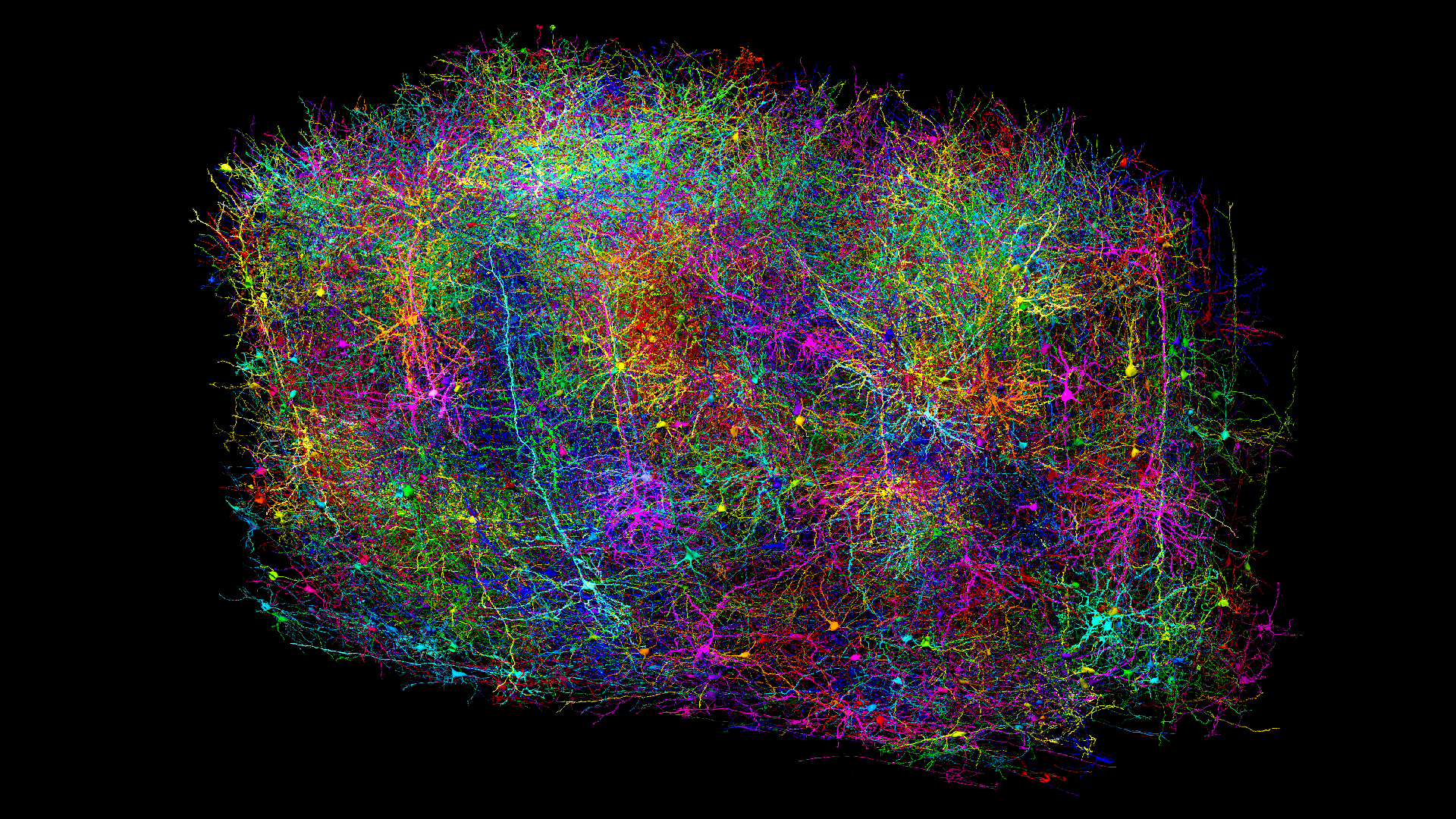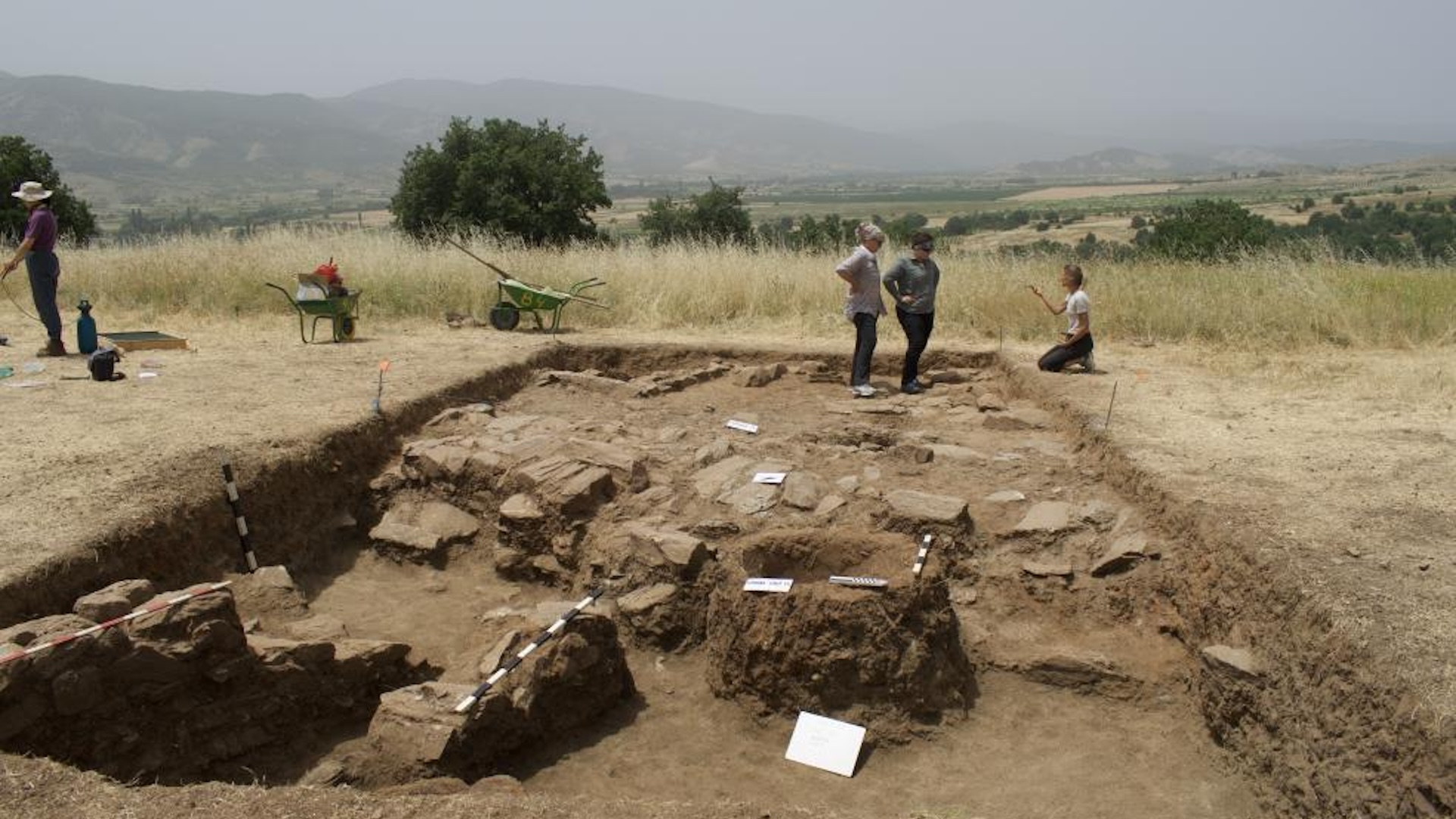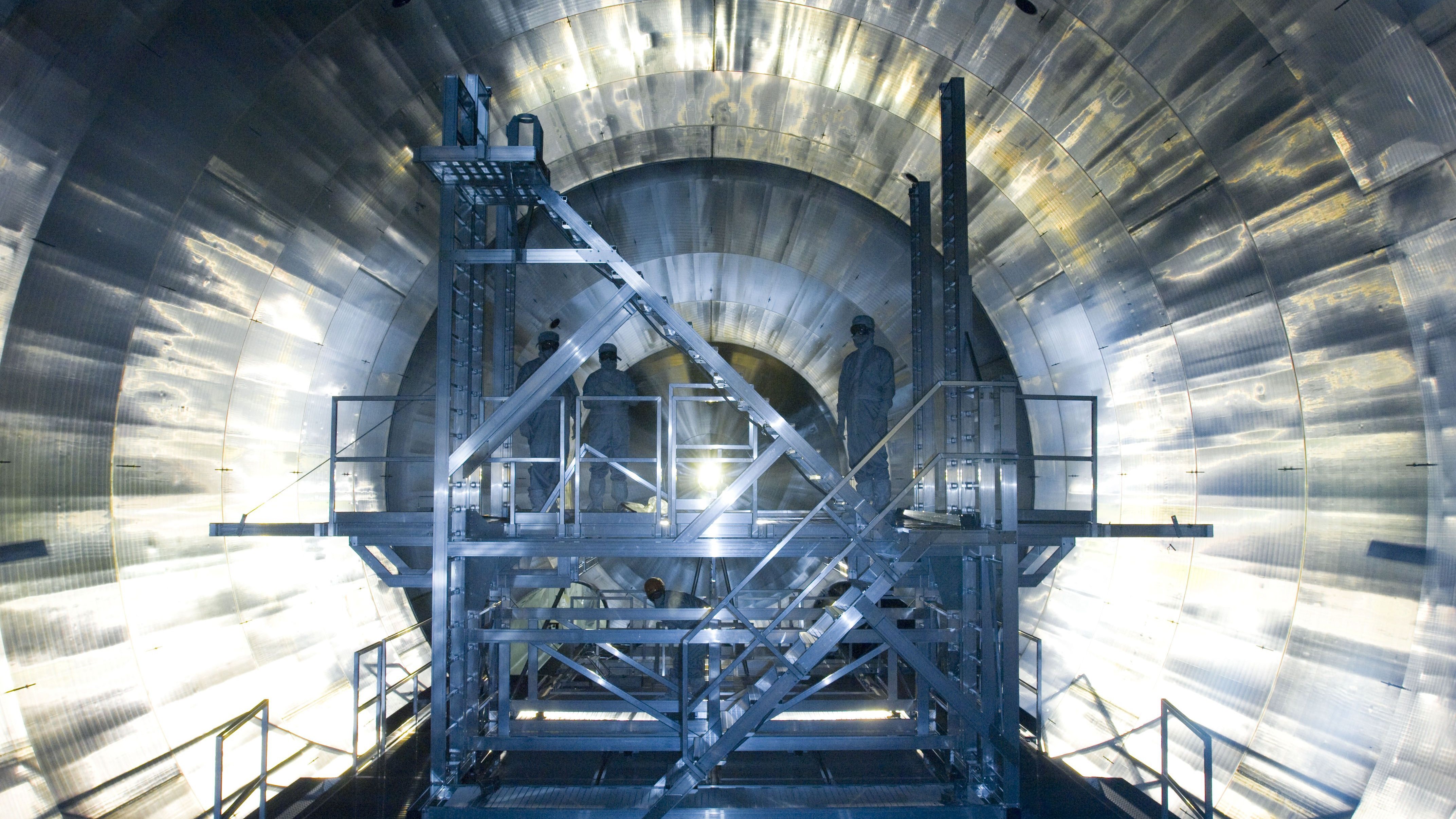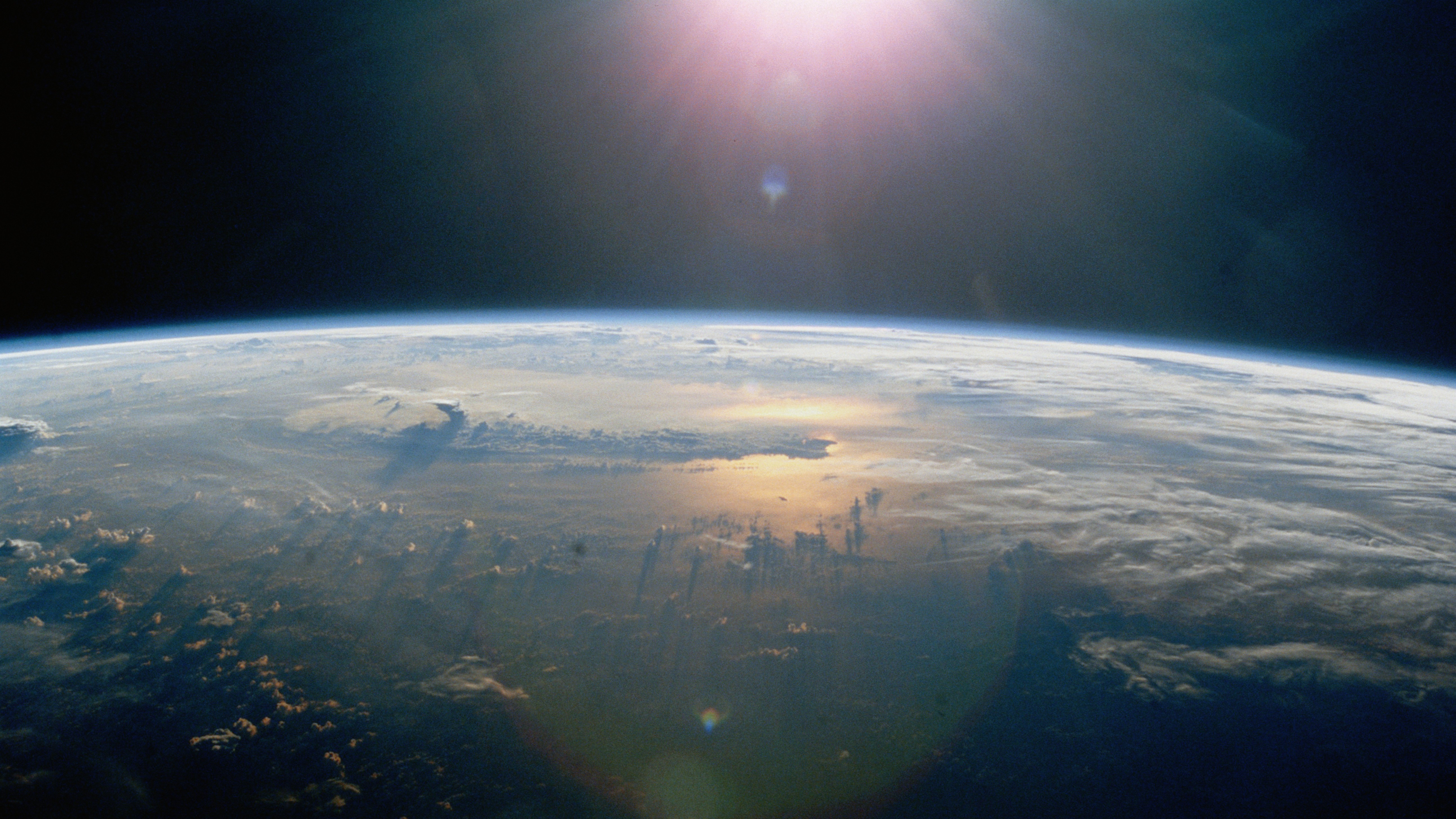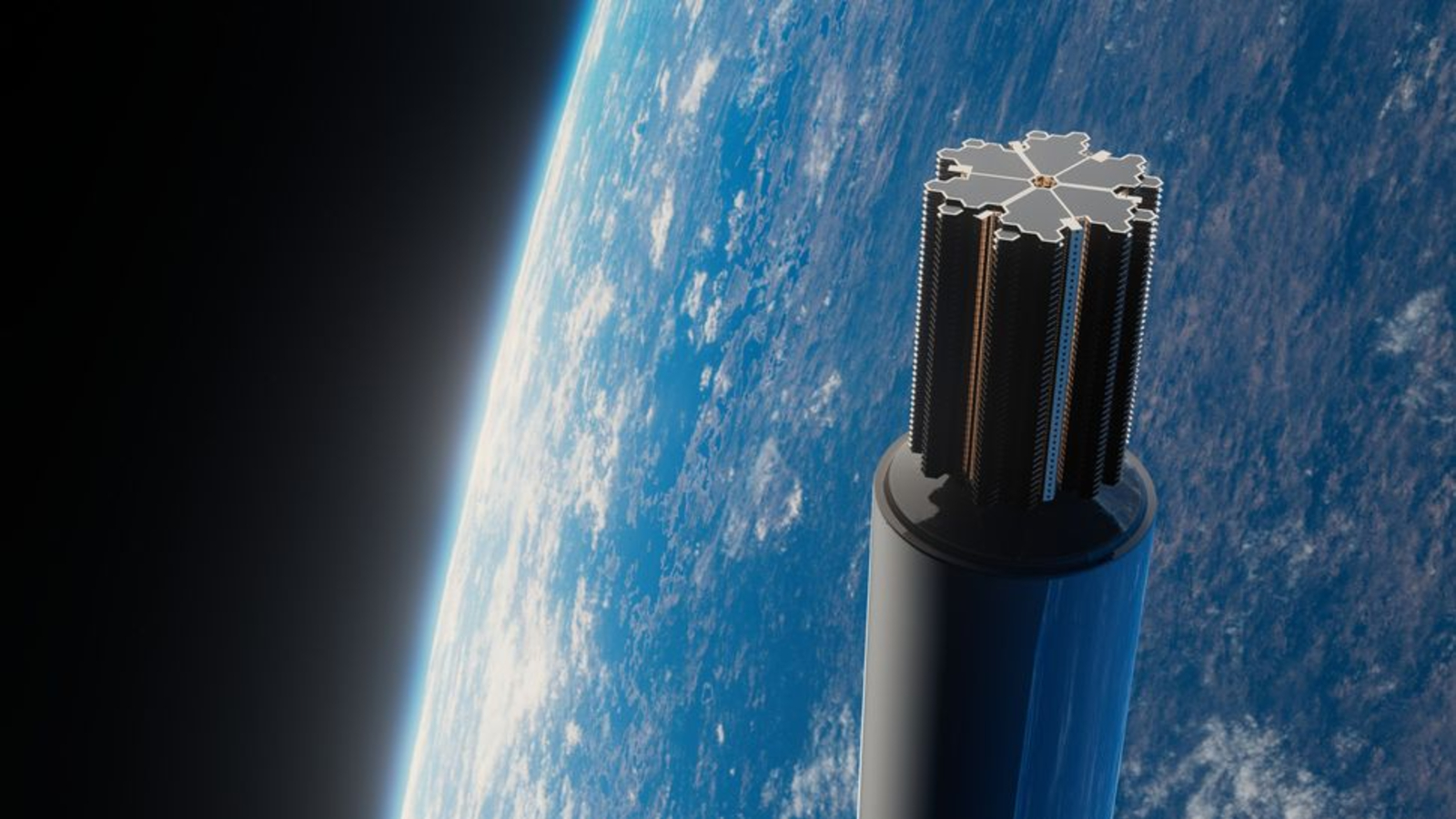Alien Dyson spheres could really exist — but only in this 1 type of star system, new study hints
Is it possible to build a Dyson sphere that isn't catastrophically unstable? New research says yes, but only in one type of star system.
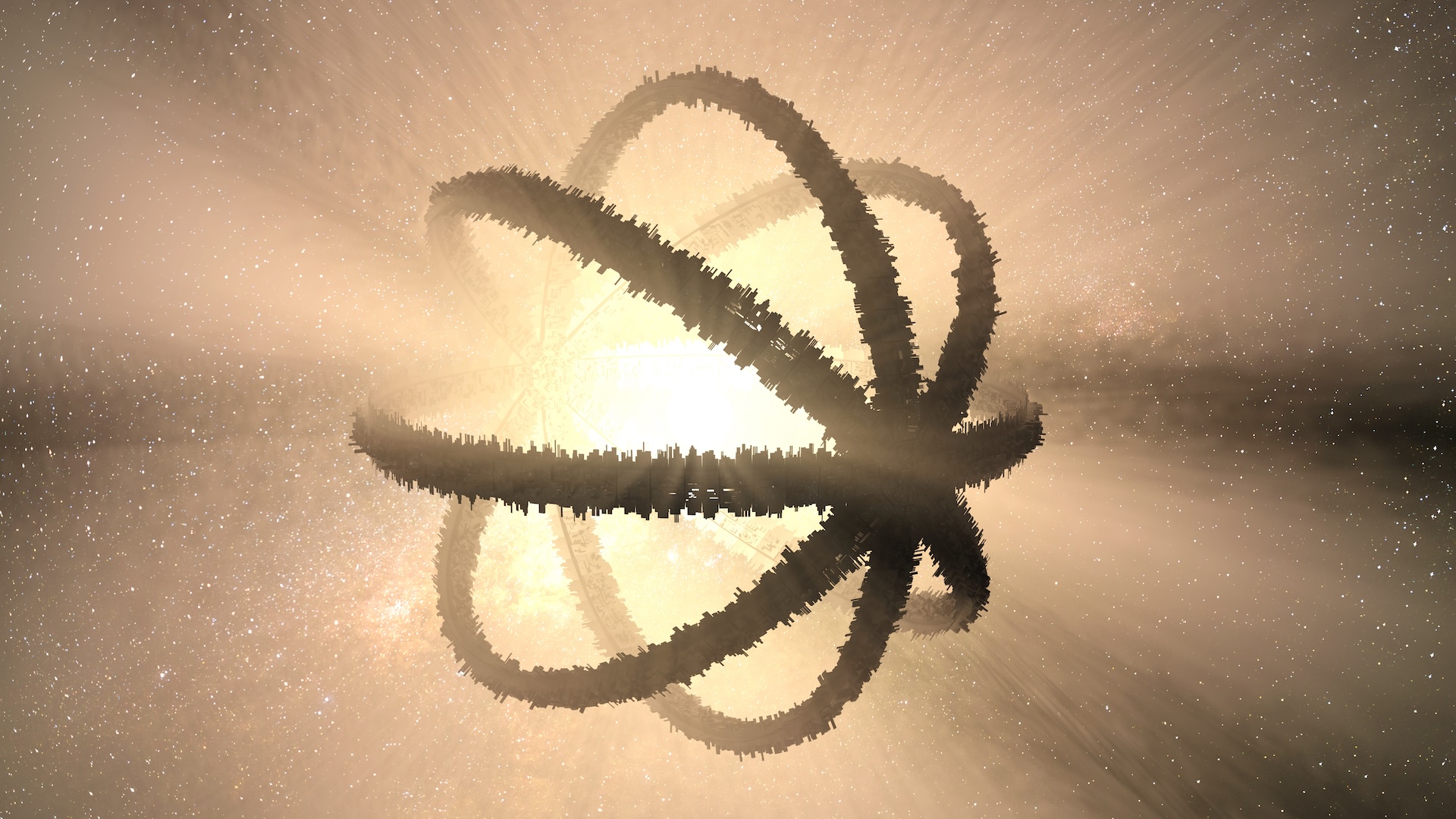
Dyson spheres, the hypothetical mega-structures that advanced alien civilizations might use to enclose a star and harness its energy, suffer from a fatal flaw: They are catastrophically unstable. But now an engineer claims to have figured out a way to stabilize these structures — and all it takes is two stars.
In the 1960s, physicist and polymath Freeman Dyson cooked up the idea of these eponymous spheres. He envisioned that a sufficiently advanced society would have an insatiable need for living space and energy. And if they were industrious enough, they could solve both challenges by taking apart a planet and turning it into an enormous spherical shell. This sphere would enclose a star, providing billions of planets' worth of surface area and capturing vast amounts of solar energy.
Dyson calculated that a shell made from a planet with the mass of Jupiter could completely enclose the sun at roughly the orbit of Earth. But the gravity inside a hollow shell cancels out, which means there's nothing tethering the shell to the star. They are free to move in independent directions, which means that soon enough a star hosting a Dyson sphere will simply crash into the shell, destroying it.
In a paper published Jan. 29 in the journal Monthly Notices of the Royal Astronomical Society, Colin McInnes, an engineer at the University of Glasgow, found a way to theoretically stabilize a Dyson sphere. The trick is that you need a system with at least two stars.
Hunting for stable Dyson spheres
McInnes started by searching for any points within a binary star system that could host a stable Dyson sphere arrangement, where the sphere could stay in place and the gravitational forces exerted on it would be uniform. He found one arrangement, where the sphere surrounds both stars. But that situation was only mildly stable and likely to suffer the same problem as the single-star case.
Another stable point arises when the sphere orbits independently, surrounding neither star. While this might be useful for space station outposts, it doesn't provide the energy-capturing benefits of englobing a star.
Sign up for the Live Science daily newsletter now
Get the world’s most fascinating discoveries delivered straight to your inbox.
But McInnes did find one stable — and useful — configuration. This only happens in binary systems in which one star is much smaller than the other. In that specific case, the Dyson sphere can enclose the smaller of the two stars. The motion of that smaller star acts like a gravitational anchor, keeping the Dyson sphere in motion with the same orbit around the larger star, preventing a catastrophic collision.
There are several caveats to this. The smaller star has to be no bigger than around one tenth the mass of the larger companion, otherwise the gravitational stable point disappears. And the sphere has to be extremely light and thin compared with the two stars, otherwise its own gravitational influence mixes into the dynamics of the system and destroys the stability.
And, of course, this analysis ignores any practical engineering considerations, like the stresses and tensions the sphere might experience, or how to build the thing in the first place.
While it's unlikely humans will build a Dyson sphere in the distant future — if ever — this research does help inform searches for extraterrestrial civilizations. Presumably, a sufficiently advanced civilization would have made the same realization before building its own Dyson sphere, and so we shouldn't look for them around solitary stars.
Instead, scientists could look for large, bright stars with a diffuse, infrared companion — the telltale sign of the heat leaking out of a Dyson sphere enclosing the smaller star of a larger companion.

Paul M. Sutter is a research professor in astrophysics at SUNY Stony Brook University and the Flatiron Institute in New York City. He regularly appears on TV and podcasts, including "Ask a Spaceman." He is the author of two books, "Your Place in the Universe" and "How to Die in Space," and is a regular contributor to Space.com, Live Science, and more. Paul received his PhD in Physics from the University of Illinois at Urbana-Champaign in 2011, and spent three years at the Paris Institute of Astrophysics, followed by a research fellowship in Trieste, Italy.
You must confirm your public display name before commenting
Please logout and then login again, you will then be prompted to enter your display name.
